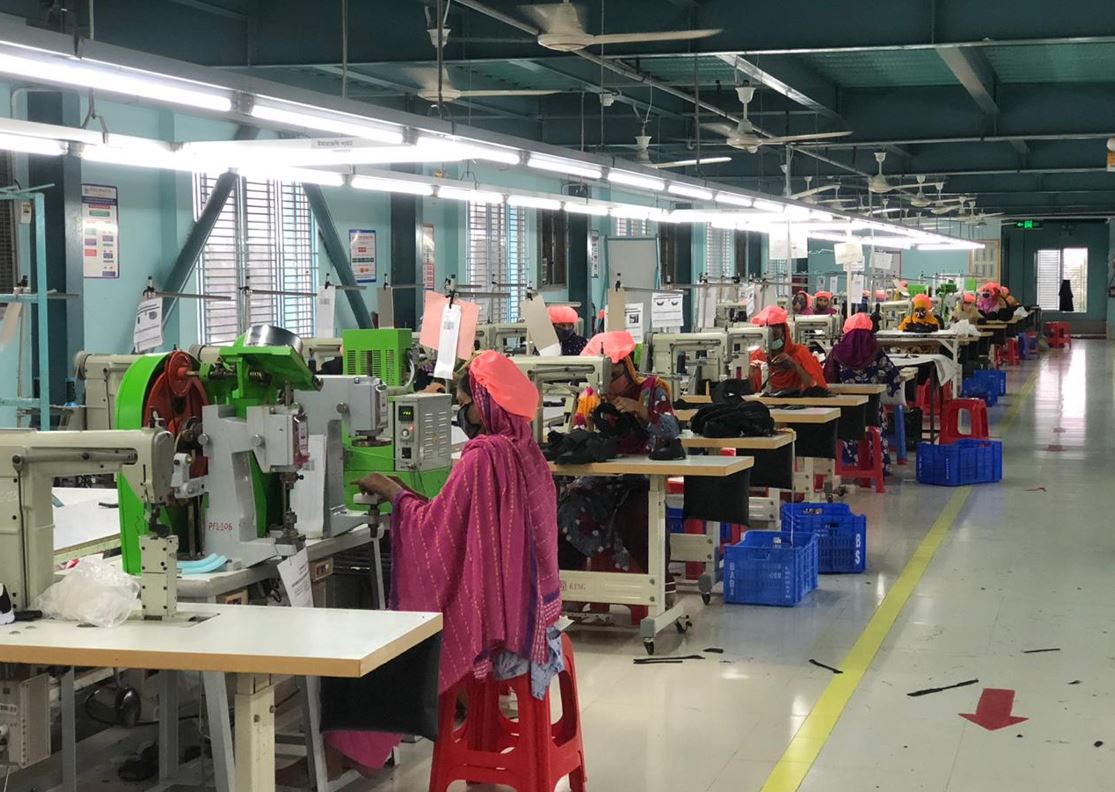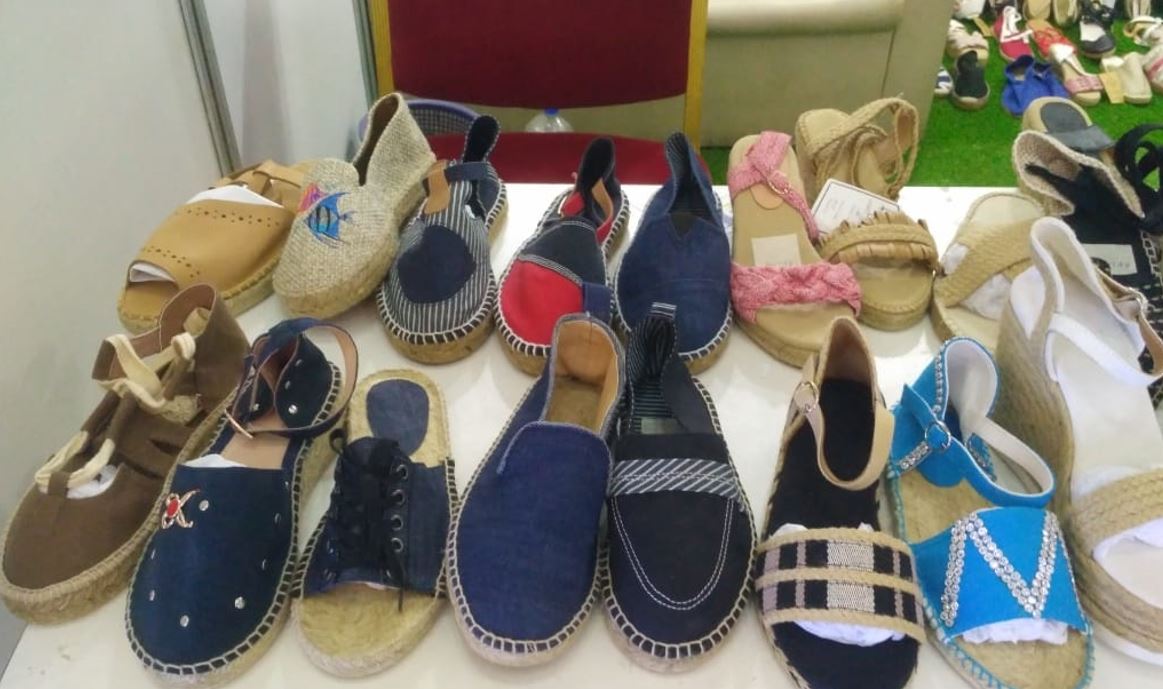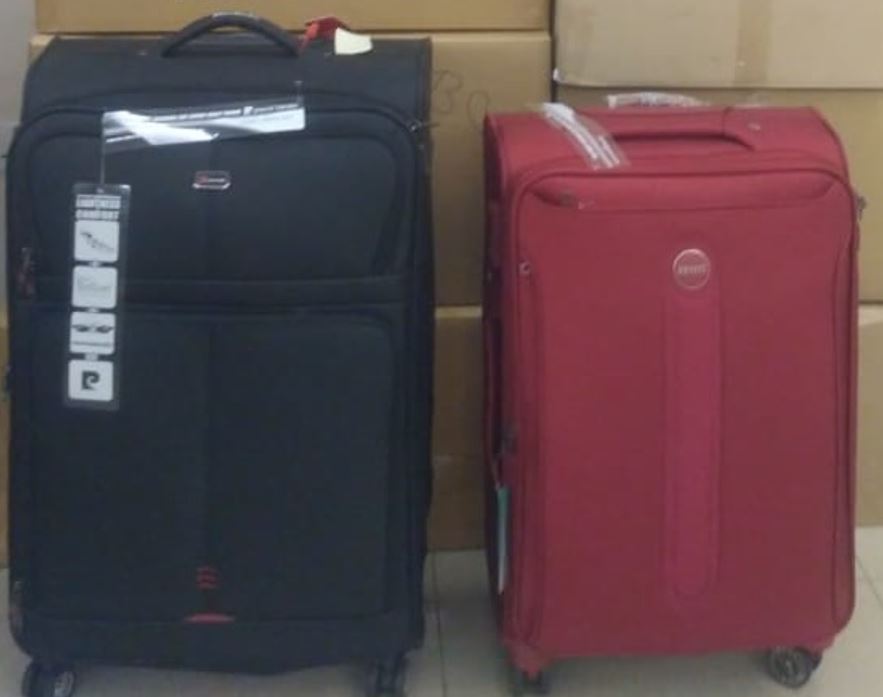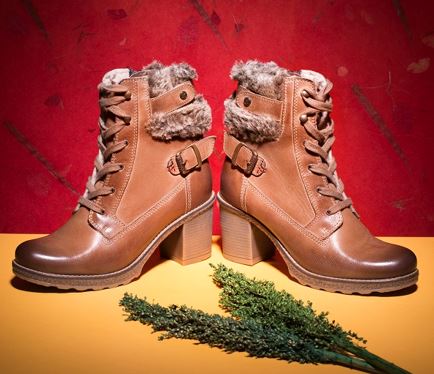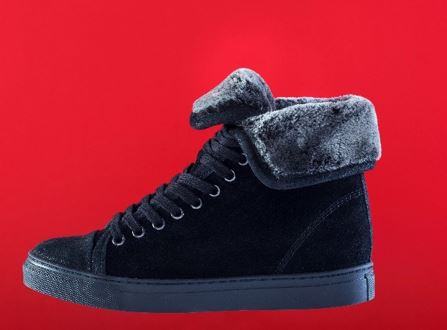Statistics
The global leather goods market size was valued at USD 394.12 billion in 2020 and is expected to
grow at a compound annual growth rate (CAGR) of 5.9% from 2021 to 2028. The market is mainly driven
by rising consumer disposable income, improved living standards, changing fashion trends, and
growing domestic and international tourism. The rising demand for comfortable, trendy, and fancy
leather apparel, footwear, and accessories, along with growing brand awareness, is expected to have
a positive impact on the market. Attractive and luxurious leather products are often viewed as a
style statement and status symbol. The rising demand for contemporary designs offered by prominent
international brands, such as Giorgio Armani, Burberry, Prada, and Dolce & Gabbana, is driving the
demand for various leather goods, including apparel, footwear, and accessories.
U.S leather goods market size, by product, 2016-2028 (USD Billion)
 Source:www.grandviewresearch.com
Source:www.grandviewresearch.com
An increasing number of High-Net-Worth Individuals (HNWIs), coupled with the growing trend of
designer & branded clothes in major markets, such as the U.S., France, and China, is boosting the
demand for leather products. Leather goods are exclusive and often premium priced. The demand for
leather products is significantly growing in China owing to the increasing number of HNWIs and
Ultra-High Net Worth Individuals (UHNWIs) in the country. According to the Global Wealth Report
2019, published in October 2019, by Credit Suisse Group AG, in 2018, China had 10% of the world’s
total HNWIs.
Rising awareness regarding the detrimental effects of unethical practices in the production of
apparel and footwear has boosted the demand for sustainable products. Sustainable fashion is
steadily attracting consumers as many renowned designers have been promoting the concept of
sustainability. For instance, designers, such as Stella McCartney, have been promoting sustainable
fashion products, including footwear, in affordable stores, such as Top Shop and Zara.







